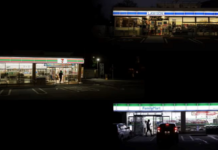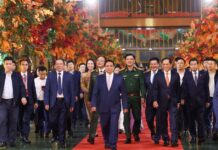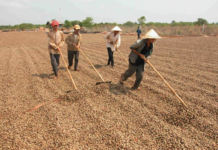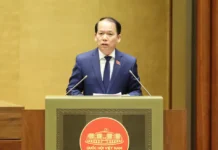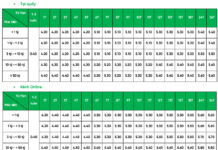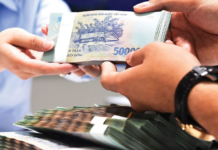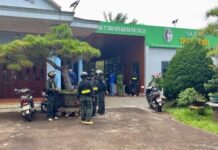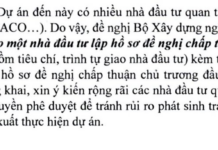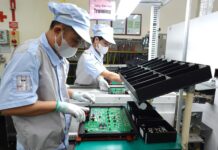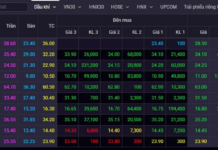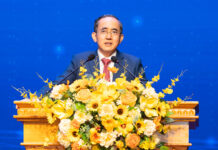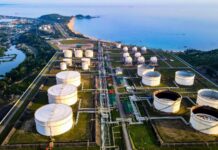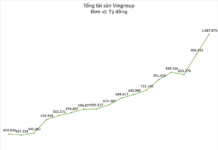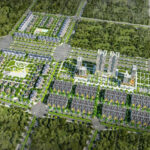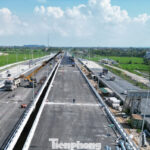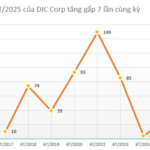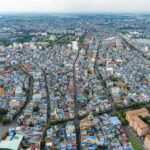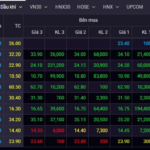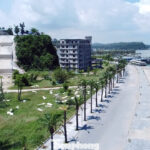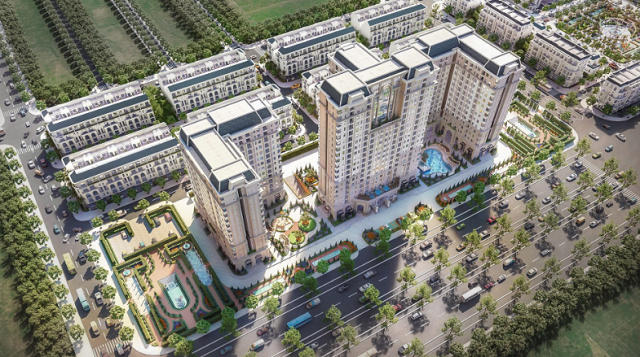
Rendering of the Lam Ha Center Point commercial and residential complex. Source: DIC Corporation
|
In an unusual disclosure submitted to the State Securities Commission and the Ho Chi Minh City Stock Exchange, DIC Corporation announced the transfer of the Lam Ha Center Point residential area in Lam Ha Ward, Phu Ly City, former Ha Nam Province (now Ha Nam 1 Ward, Ninh Binh Province). The transaction value is approximately 1.33 trillion VND, excluding VAT. The buyer’s identity remains undisclosed.
Previously, in late June 2025, the Lam Ha Center Point project received approval for transfer from the People’s Committee of former Ha Nam Province, paving the way for this transaction.
Shares of DIG rose 1.48% to 24,000 VND per share during the morning session on September 18 following the announcement, while the VN-Index declined by 3.11%.
This transaction has been closely monitored by the market, with DIC Corporation providing frequent updates. DIC’s CEO, Mr. Nguyễn Quang Tín, previously stated that the revenue from this project transfer would significantly contribute to this year’s business results and bolster the corporation’s investment cash flow.
Transfer of Lam Ha Center Point Expected to Generate 1,114 Billion VND for DIG
Lam Ha Center Point Transfer Approved; DIG Halts Cap Saint Jacques Deal with Subsidiary
– 11:43 18/09/2025
The Seamless Two-Tier Interchange: Unveiling the North-South Expressway’s Landmark Flyover in Ninh Binh
After over a year of construction, the Lien Son Interchange, connecting National Highway 1A with the Cau Gie-Ninh Binh Expressway (the North-South Expressway), is in its final stages of completion and preparation for opening to traffic.
Maximized Profits Quadruple Initial Estimates, Sending DIC Corp (DIG) Stock Soaring to Year’s Best
With a remarkable post-tax profit surge, the company has witnessed a staggering sevenfold increase compared to the same period last year, totaling over 28 billion VND. This outstanding performance far surpasses the self-reported indicator target of 6.7 billion VND, resulting in a significant difference of 21.3 billion VND.
“DIC Corp Refines Plans for its Public Offering of 150 Million Shares”
In their public offering of 150 million shares, DIC Corp has made adjustments to their proposed utilization of the expected proceeds amounting to VND 1.8 trillion.

